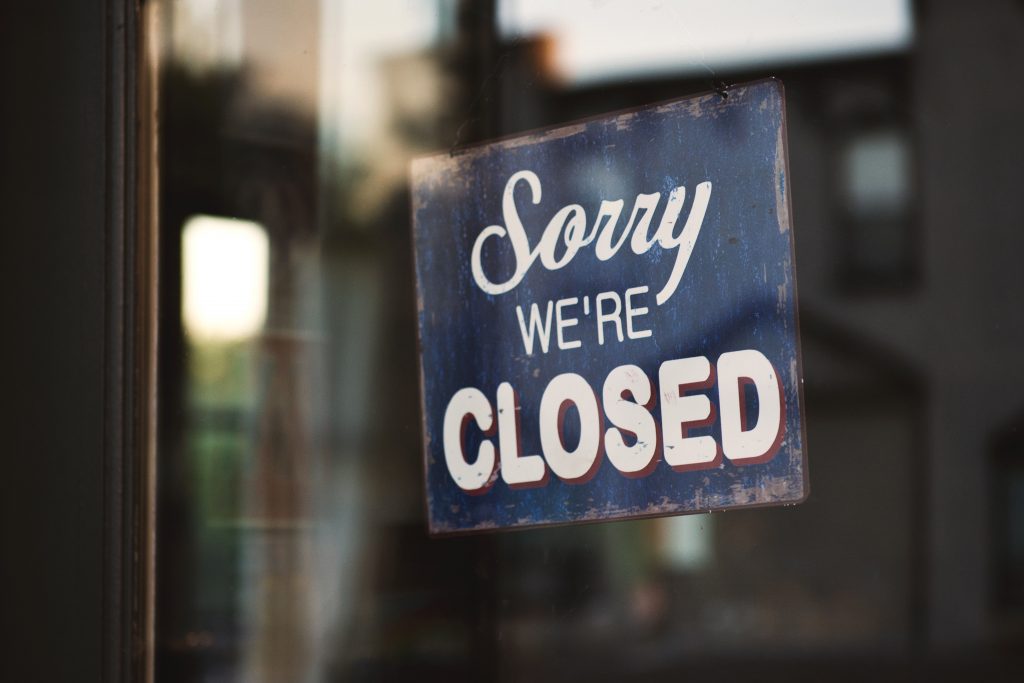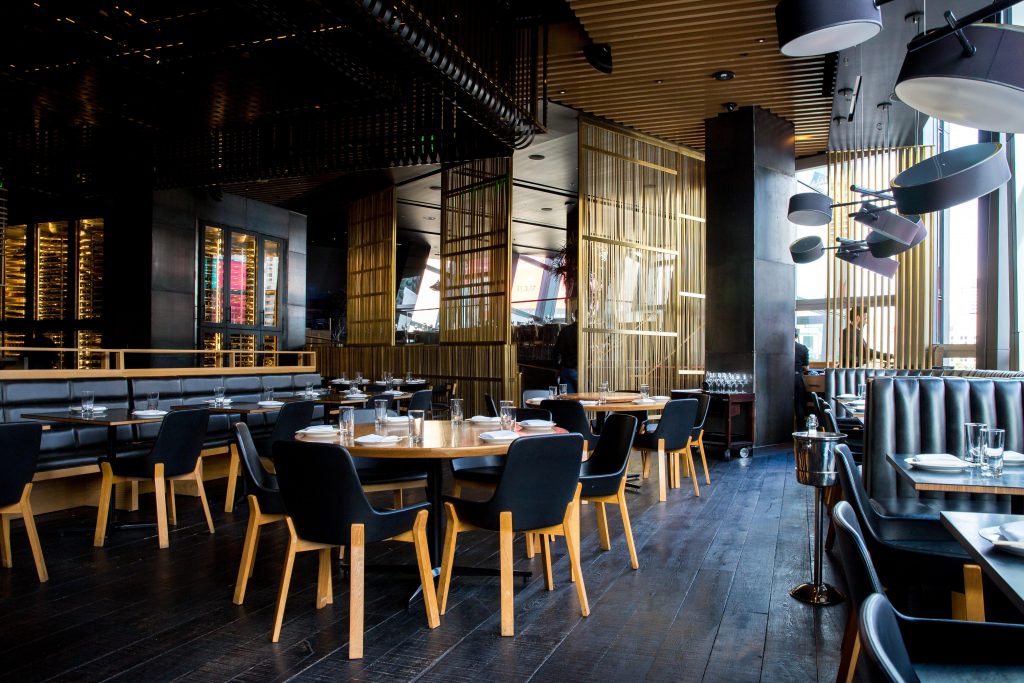Paradigm shift predicted for the UK hospitality and foodservice industry
Guest blog by Simon Stenning
As the UK foodservice and hospitality industry gears-up for the long anticipated re-opening, leading industry commentator Simon Stenning of FutureFoodservice outlines the many challenges the sector will face in the long road to recovery and shares some of the insights from his recent report The ‘Immediate Future’ of the UK Hospitality/Foodservice market’.
Simon’s key predictions are:
- Paradigm shift for the UK hospitality and foodservice industry will see a drop of £23bn revenues for the second half of 2020, achieving only 53% of 2019 levels.
- 22% of all hospitality outlets will not be open by the end of 2020
- Rapid deployment of new technology especially order & pay systems and apps
- Fast food outlets will fare better and take share from service-led restaurants
The outlook for UK foodservice and hospitality is to say the least challenging.
My work suggests the sector will lose £23bn in the second half of 2020, achieving only 53% of 2019 income levels.
The ‘Immediate Future’ of the UK Hospitality/Foodservice market’ report covers the 18 months from July 2020 to the end of 2021 and provides detailed forecasts for each sector, by number of outlets that will be open by the end of the year and the level of turnover to be expected.
For the whole of 2021, I believe the industry will see a £10bn fall in revenues, down to only £88bn, 10% lower than in 2019. However, as a result of coronavirus 22% of all hospitality outlets will not be open by the end of 2020.
My long-term growth forecast for the industry is that it will recover to 2019 levels by 2025 at the latest, as the economic impacts linger, but that it will eventually increase to £108bn by 2030.
The hospitality industry faces enormous challenges and a worrying situation of losing 47% of normal revenues. It is imperative that the government provides significant levels of support given that it is such an important employer and tax generator.
This is a cautious, not-overly ambitious forecast, but not the worst-case scenario. All sectors of the industry are affected, and it will take time for consumers to revert to their previous behaviours.
The incredibly hard-working, caring and hospitable nature of the industry will do its utmost to professionally manage the welcoming back of customers and provide safe spaces for us to enjoy our social lives again. However, economic, consumer, profitability, safety and locational factors mean that the industry has to face challenges never encountered before.
My report also highlights the effects of the contraction on UK plc. The significant fall of £23bn in 2020 alone implies a fall in VAT of £4.6bn, losing the government significant tax revenues, along with an increase in social costs emanating from the loss of employment from an industry that directly employs over three million workers. It is therefore imperative that the government provides support.
As well as the economic challenges, the sector faces a major task to convince their customers that their venues are safe for guests before they can re-ignite demand for eating and drinking out. Without this there is little chance of a recovery and consumers returning to their previous behaviours and frequencies.
Whilst there is some optimism from various consumer research studies, a recent figure quoted by research firm CGA revealed that 21% of consumers would eat and drink out less frequently than before, and insight from recent research commissioned by Marcus Wareing found that 34% of consumers expected to spend less when they returned to restaurants. These insights imply severe revenue decreases for operators. Consumers will also certainly have high expectations over the standards employed to keep them safe, and the value that they receive from the experience.
Financial modelling in the report shows that despite decreasing headcount, reducing costs and maintaining margins (which will be harder with potential increases in supply chain costs), a restaurant operating on 50% normal sales plunges to a significant loss, and only a rent reduction, rates holiday and drastic salary cuts will enable many restaurants to break even.
Economic challenges include running sites that are operating at sub-optimal financial levels, and potential stand-offs with property landlords over rent reductions to suit reduced levels of trade.
There will also be the expected increase in unemployment dragging down consumer discretionary spending, whether physically reduced, or through exercising more caution. All together, these economic effects will mean that many sites won’t re-open or will fail within a few months. The report forecasts that 22% of all hospitality outlets will not be open by the end of 2020.
The new normality post-lockdown includes an expected reduction in travelling and commuting by public transport and more working from home, together with dramatic falls in in-bound tourism. As a result, certain sectors of the market will fare better, including Fast Food, which will steal share from service-led restaurants, due to their ability to provide takeaway, delivery and drive-thru services, as well as delivering intrinsic value.
I believe that Fast Food will achieve 77% of normal revenues for the rest of 2020, whereas service-led restaurants will achieve only 48%. Other sectors to struggle this year include hotels, travel, and leisure. Sectors that are better protected against the impact drivers include contract catering, due to the breadth of services provided: pubs, due to their local nature and potentially benefiting from an increase in staycations, and high street foodservice that provides packaged, value-led products, although city centre footfall will be reduced.
I also predict a rapid deployment of new technology to help with the challenges, especially with order & pay systems and apps, but also with automation and applied AI. Whereas pre-Covid many operators felt that tech would only play a marginal role in their businesses as the nature of hospitality is all about human interaction, we will see the biggest paradigm shift, as technology solutions that reduce staff contact will now be embraced by both operators and consumers.
The report is available to buy, with details at www.SimonStenning.com
About Simon Stenning
With 30+ years’ experience of working in, developing, analysing and commentating on the UK foodservice/hospitality industry, Simon is perfectly placed to advise on what will happen in the future; Acknowledged as the leading analyst of the market today, and recognised as an expert in making sense out of all the data and insight available, Simon is now making sense of the future.
Simon’s career has included managing Hotels with Forte and Hilton, working with Albert Roux at the Hurlingham Club, working with Pret A Manger through the late nineties and one of their biggest periods of growth, before moving into a marketing and development role with Compass Group. Simon started working in market intelligence with Allegra Strategies in 2007, prior to being part of the sale of Allegra Foodservice to William Reed Business Media in 2013, and then creating MCA as Executive Director from 2014 to 2018.
Pelican Communications is a specialist in the environment & CSR, food, packaging & logistics and trade association sectors and offers a range of services such as strategy, design, content creation, public relations and people development.
Contact us for marketing and communications expertise.
Photos by Tim Mossholder & on Jason Leung on Unsplash


